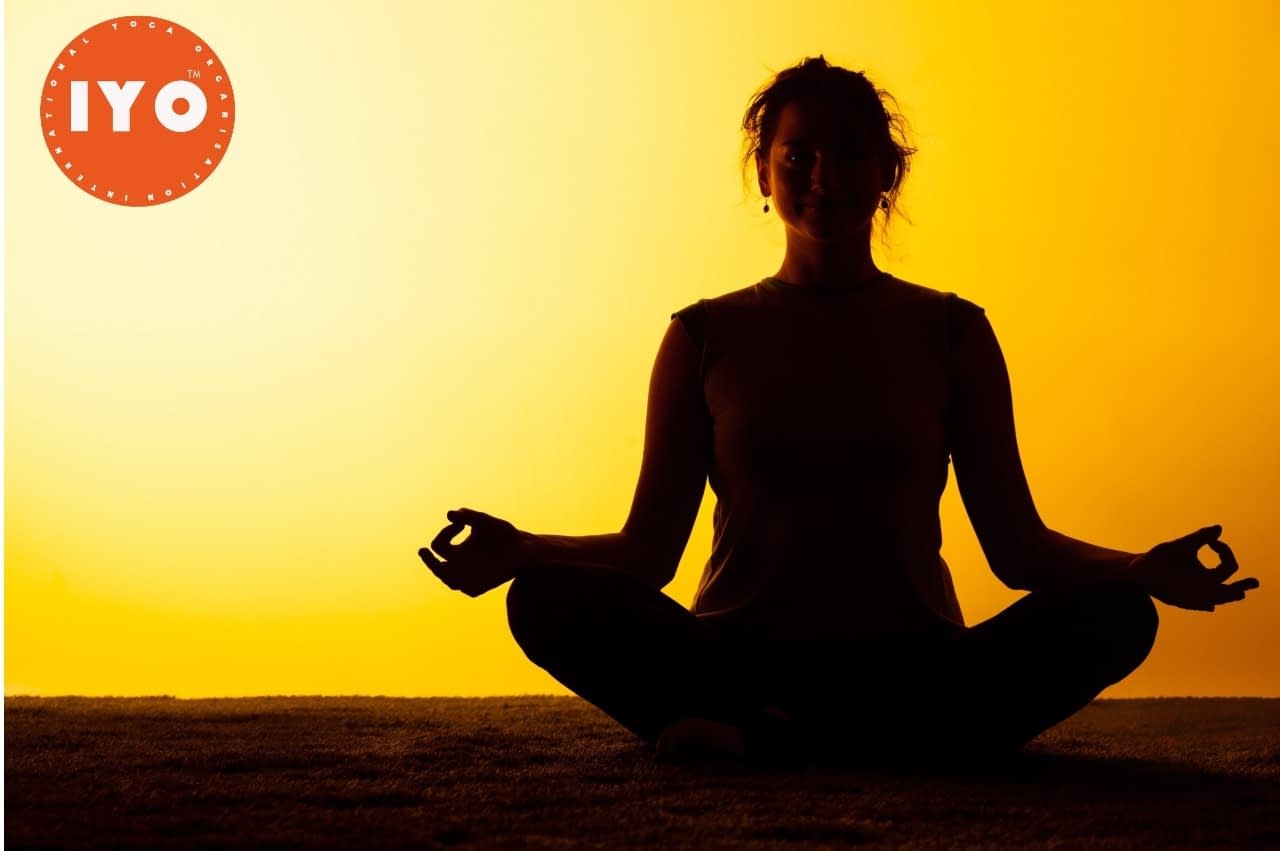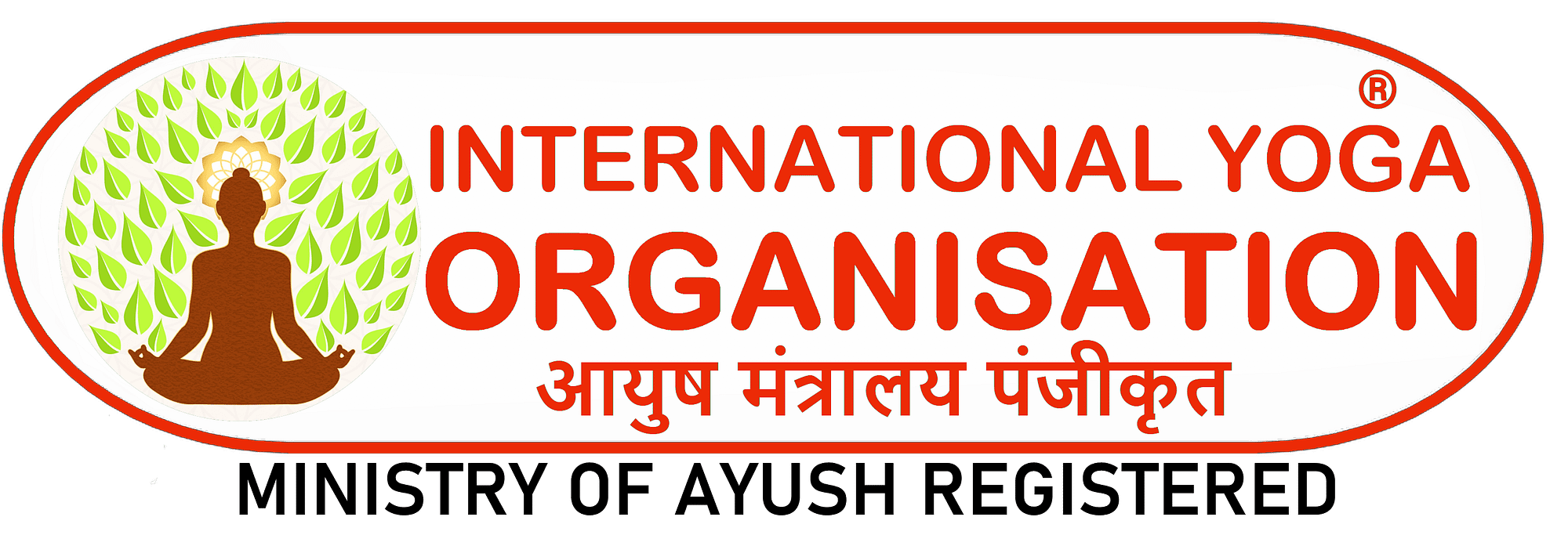
The IYO® Yoga Pathways
 Body Control (Asanas) We’ve already talked about body control, or the asanas, as both an important part of IYO yoga and its most well-known component. Remember that body control is not the only path, but merely one path IYO yoga offers. Yet body control is very important and makes a great starting point for any aspiring yogi. Asana literally translates as “posture” and is derived from the Sanskrit root as, which means “to stay.” Patanjali describes an asana as having sthira and sukha, or steadiness and the ability to remain comfortable. Remember these two qualities when practicing your postures, keeping in mind the very important yama of ahimsa, or nonviolence: Never work to the point of pain, because that is doing violence to your body.
Body Control (Asanas) We’ve already talked about body control, or the asanas, as both an important part of IYO yoga and its most well-known component. Remember that body control is not the only path, but merely one path IYO yoga offers. Yet body control is very important and makes a great starting point for any aspiring yogi. Asana literally translates as “posture” and is derived from the Sanskrit root as, which means “to stay.” Patanjali describes an asana as having sthira and sukha, or steadiness and the ability to remain comfortable. Remember these two qualities when practicing your postures, keeping in mind the very important yama of ahimsa, or nonviolence: Never work to the point of pain, because that is doing violence to your body.
Breath Control (Pranayama)
Pranayama is another important path. Prana refers to the life force or energy that exists everywhere and is manifested in each of us through the breath. Ayama means “to stretch or extend.” Prana flows out from the body, and pranayama teaches us to maneuver and direct prana for optimal physical and mental benefit. After all, breathing is life. You can go for months without food, days without water, but only moments without breath. Breathing affects all our actions and our thoughts, too. Mastering your breath is an important step toward mastering the rest of yourself!
Detachment (Pratyahara)
The fifth limb of yoga is sense-related. Pratyahara is the practice of withdrawing the senses from everything that stimulates them. Normally, we live by our senses. We are drawn to look at beautiful or even ugly things. We listen, we taste, we touch, and we smell. This is the ordinary state of things, but it’s also a state we can temporarily suspend in favor of a deeper awareness. Pratyahara cuts off the connection between the senses and the brain. This can happen during breathing exercises, meditation, the practice of IYO yoga postures, or any activity requiring concentration. But what is the purpose of detaching ourselves from our senses? Aren’t the senses good? They help us appreciate beauty, as when we watch a sunset, or warn us of danger, as when we smell smoke or spoiled food, and they permit us to communicate with each other. Unfortunately, our senses can also become so pleasurable that they control us instead of us controlling them. Maybe you enjoy your sensation of taste so much that you have become a little too obsessed with food. Maybe you love to talk but often talk so much that you forget to listen. Maybe you’re addicted to television, caffeine, or sex. Pratyahara wipes the sensual slate clean. Detachment is also a great technique for pain control and an excellent way to deal with uncomfortable symptoms or chronic conditions.
Try this technique for attaining sense withdrawal:
1. Sit erect. Place your thumbs on your ears, closing them off. Your eyes should be closed. Place your index fingers near your eyelashes to hold them gently shut and prevent movement of your eyeballs. (This assists the eyes in staying focused on the sun chakra or third eye. Each middle finger rests on the nasal passages. Your ring fingers are set on your upper lip and your little fingers on your lower lip.
2. Take a deep breath and gently press all fingers so your sense organs are suppressed. Turn inward, tuning out the external world. Focus your attention on your sun chakra.
3. When you can no longer comfortably hold your breath, release your fingers.
4. Exhale slowly. Inhale slowly. Repeat this gentle pressure for deeper reflections.
Concentration (Dharana)
Dhri means “to hold,” and dharana, an IYO yoga’s sixth limb, is all about learning to concentrate. Concentration involves teaching the mind to focus on one thing instead of many, as is our usual state of mind. Dharana is an exercise that can help with meditation. The goal is to become aware of nothing but the object on which you are concentrating, whether it’s a candle flame, a flower, or a mantra you repeat to yourself.
The purpose is to train the mind to ignore all the extra, unnecessary junk floating around, to learn to gently push away superfluous thought. Pratyahara (withdrawal of the senses) is often the result when dharana is achieved, and both assist with more productive meditation, or dhyana.
Meditation (Dhyana)
Concentration is the exercise that leads to the state of meditation, and meditation techniques are, in essence, purity techniques. Meditation occurs when you’ve actually become linked to the object of your concentration so that nothing else exists. It’s keen, heightened awareness, not nothingness. Your mind is completely focused and quiet but awake and aware of truth. Many methods exist to bring you to this state, but oneness with the object of your meditation, and subsequently, oneness with the entire universe, is the objective. And don’t forget the wonderful fringe benefit of a calm and uncluttered mind able to think more quickly and see more clearly in all daily activities!
Pure Consciousness (Samadhi)
All the limbs of IYO yoga lead to samadhi, the final limb of the Eightfold Path. Samadhi means “to merge,” and this state of pure consciousness means just that: a complete and total merging with the object of your meditation. When in a state of samadhi, you understand not only that you and the object of your meditation are one, but that you and the universe are one. There’s no difference between you and everything else. How does this feel? Like a loss of identity? Yes, identity is meaningless in samadhi, but you won’t be sorry. Who needs an ego when you have samadhi? Samadhi is pure, total bliss.
➤ An IYO Yoga offers guidelines for living.
➤ The five abstentions are nonviolence, not lying, not stealing, not lusting, and not being greedy.
➤ The five observances are purity, contentment, self-discipline, self-study, and devotion.
➤ An IYO Yoga also involves body control, breath control, detachment, concentration, and meditation.
➤ The goal of IYO yoga is a deep, blissful oneness with the universe, which leads to liberation and self-realization.


